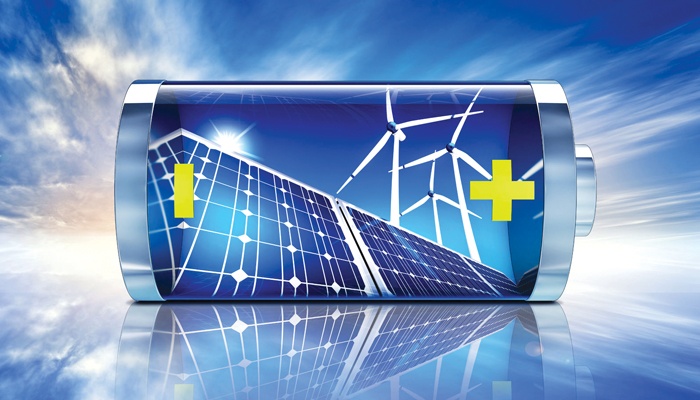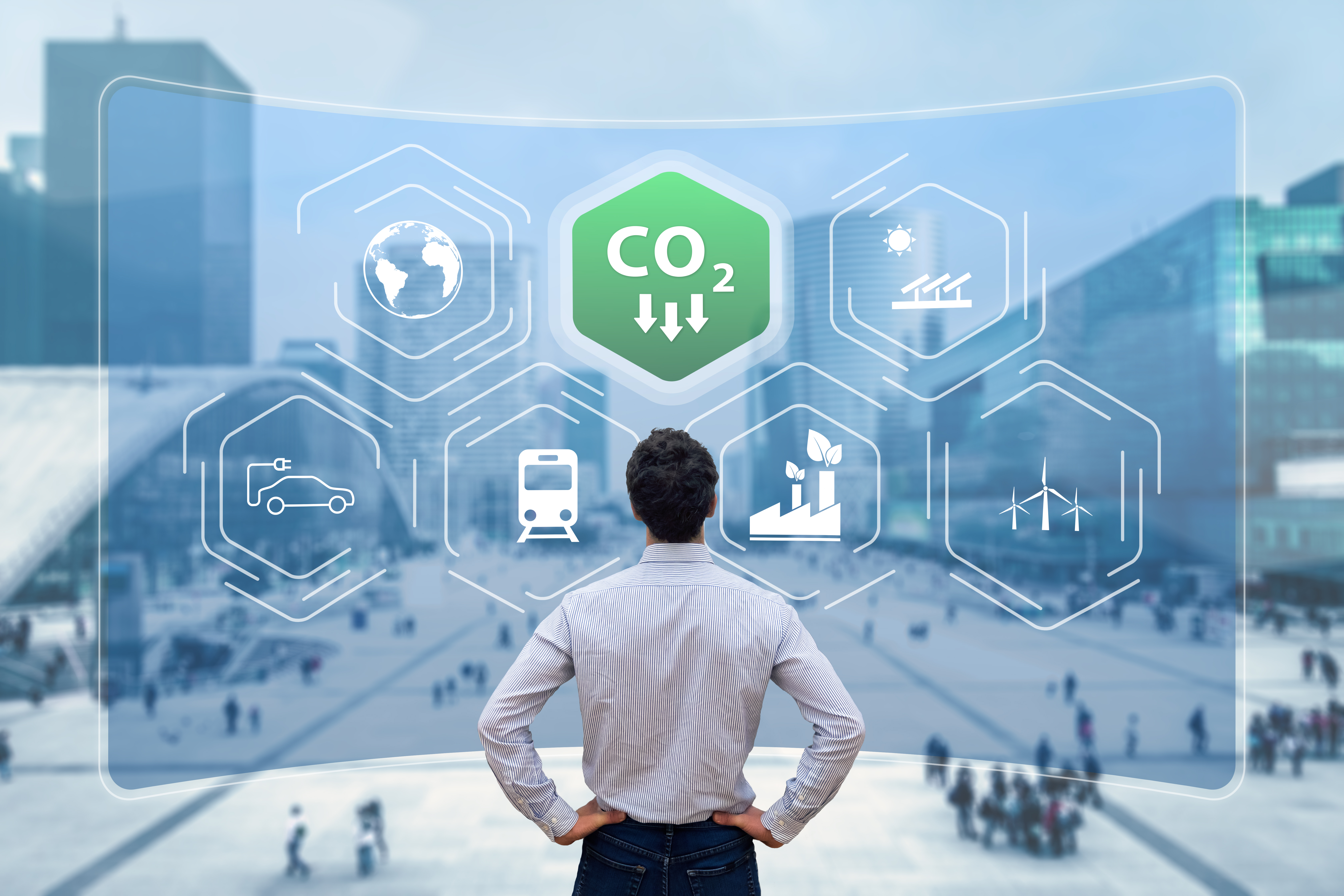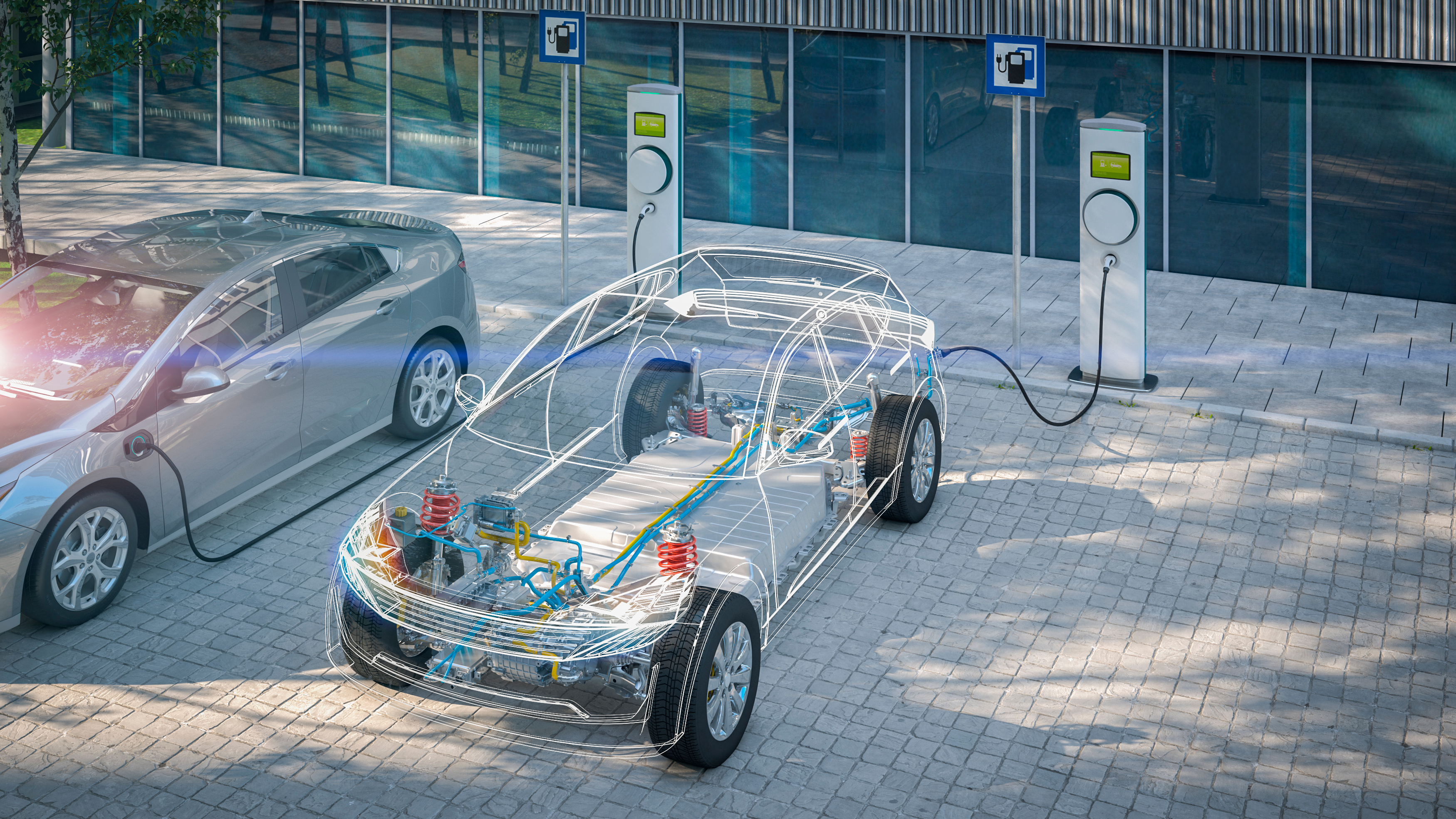Major world powers are racing to secure supplies of critical minerals and rare earth elements essential for electric vehicles, batteries, weapons, and advanced technologies. With decades-long investment strategy and industrial policy, Beijing has developed a powerful industry with a dominant position.
China dominates the sector with decades of investment, controlling roughly 60% of global rare earth production, nearly 90% of refining, and the large majority of graphite, cobalt, nickel, and lithium processing. This heavy reliance on a single supplier poses strategic risks for other nations.
The European Union is investing heavily to diversify its mineral supply, developing dozens of extraction, processing, and recycling projects while partnering with countries around the world. It remains highly dependent on China for heavy rare earths and on Chile for lithium. The EU and U.S. previously collaborated through the Minerals Security Partnership, but the Trump administration has shifted toward a more unilateral approach.
For the United States, securing critical minerals is both a national security priority and an economic opportunity. The U.S. has struck agreements such as one with Ukraine for access to its mineral resources and invoked the Defense Production Act to expand domestic mining. However, the U.S. still lacks sufficient refining capacity and remains heavily reliant on China for dozens of key elements.
A tariff war between the U.S. and China escalated in April, but critical minerals were exempted from U.S. tariffs due to dependency concerns. China responded by imposing export controls on seven important rare earth elements used in technologies from EVs to military systems. Both countries later agreed to a 90-day tariff de-escalation to negotiate.
Battery production remains a major leverage point: China manufactures the majority of global battery components, cells, and electric vehicles. With demand for lithium-ion batteries expected to quadruple by 2040, and global needs for minerals like lithium, nickel, copper, graphite, and rare earths surging, securing supply chains has become a defining geopolitical priority.
We wrote an article for the June issue of Oil & Energy Magazine on the competition of nations to secure critical minerals. You can read that article in its entirety here: US Competing to Secure Critical Minerals






